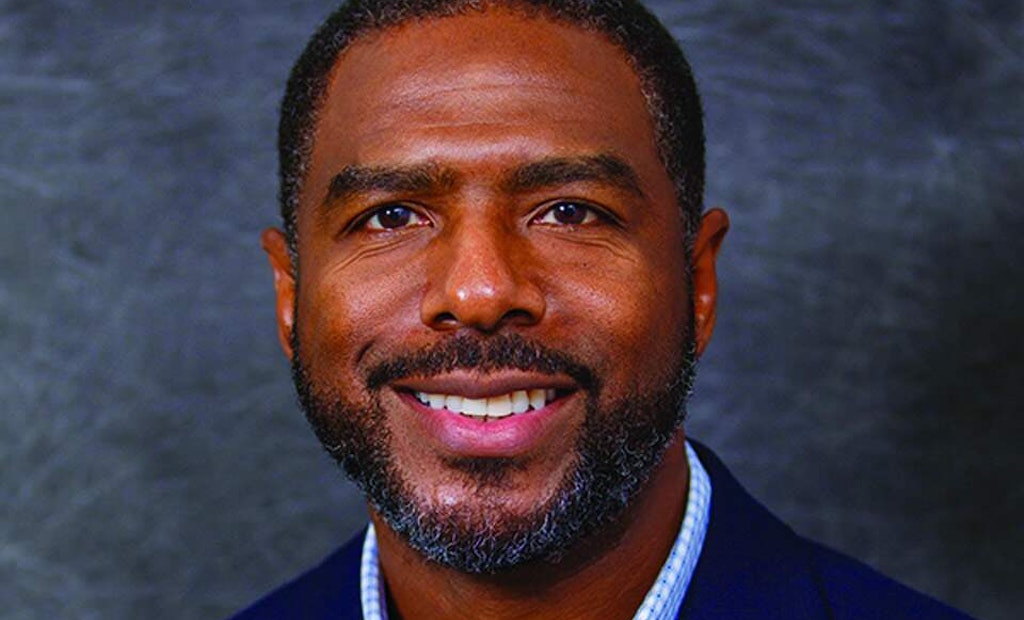Interested in Distribution?
Get Distribution articles, news and videos right in your inbox! Sign up now.
Distribution + Get AlertsIt’s no secret that exposure to lead in drinking water can have serious effects on health, especially in children. The most effective solution to that problem is to remove all lead pipes, fixtures and solders from drinking water distribution systems.
That includes removing and replacing lead-containing service lines to homes, businesses and schools from the water main all the way to the building. Doing this will require substantial planning, funding, community outreach and political will.
A white paper from Milhouse Engineering and Construction, a company that manages infrastructure programs for industries including water and wastewater, argues that replacing lead services with modern infrastructure should be a top priority. The paper cites U.S. EPA estimates that up to 10 million homes and 400,000 schools and child care centers have drinking water service lines or fixtures that contain lead.
“In the United States, we have the financial means and the technology to remove lead drinking water service lines,” the paper states. “What’s needed now are leaders to ensure it is prioritized and done with urgency to protect the health of our current and future generations.”
James Fifer, vice president of program management, and Mark Kilkelly, director of program management for the Northeast U.S., shared perspectives on the problem of lead in drinking water, and the challenges to full resolution, in an interview with Treatment Plant Operator.
Why does it seem that progress on lead service line abatement has been slow in many places?
Fifer: From what we’ve been able to see, it’s a logistical issue. There needs to be funding in place, and community staff and elected officials need to be working in the same direction. In municipalities where that happens, they have been able to attack the problem pretty quickly.
What are the critical challenges to lead service line removal?
Kilkelly: The actual physical replacement of lead services is not really a challenge. It’s exactly the same as replacing any type of service. You run into the challenge on the administrative side and with permitting requirements and related issues. The lead service from the main at some point crosses a line onto the homeowner’s property. The challenge for a utility is to remove the lead in its entirety. Partial replacement is not an option because that can temporarily elevate the level of lead in the water.
How can partial removal of the service increase the water’s lead content?
Kilkelly: Some lead services were installed up to 100 years ago. Over time, services may build up a coating inside the pipe. That can create a natural barrier that reduces the amount of lead getting into the water. When you cut or bend or twist the line, you disturb that coating and expose fresh lead to the water. That along with galvanic corrosion can elevate the level of lead until the coating is restored.
What are some ways of enabling the removal of the services from the main all the way to the house?
Fifer: Some municipalities pass legislation to change the ownership structure, so that the utility owns the service up to the property owners’ houses. Then they can do the entire replacement. Another way is to get consent from the homeowners to do it, but that’s where it starts to become problematic. Getting consent from every homeowner on a street is difficult. If you don’t get everyone, you’re faced with replacing some services and not others. You want to cut into a street only one time, restore it and be done. Having to come back later is expensive and inconvenient, and residents don’t like it.
How can replacement of the property owners’ section of service be made affordable?
Fifer: There’s a lot of funding available now, and there are different ways of packaging it to make removal affordable or in a lot of cases free for homeowners. Each municipality has to build a financial structure based on grants or loans. You need people who are very aware of the latest funding options and who can capture enough to cover what is required.
What is the role of the bipartisan infrastructure law in lead service line abatement?
Kilkelly: The infrastructure law allocated $55 billion to clean drinking water for households, and $15 billion of that has been earmarked for lead services. The keywords are that this funding is available. It hasn’t been specifically allocated house by house. It is available for utilities to go after to fund their programs. How they structure their programs may vary, but they need to actually go and acquire the funds.
What is involved in pursuing and acquiring this funding?
Kilkelly: Many utilities and mayor’s offices are familiar with going after these kinds of dollars. They have existing avenues, and they may have creative ways of acquiring funding. On the website for the infrastructure law there is guidance on how to pursue the funds for lead service removal. The tools are there for anyone to use.
Fifer: Companies like ours work with funding experts who understand how to access this money in the most efficient and best way for a given municipality.
How would you assess the social equity aspects of removing lead-containing services?
Fifer: It varies by community. In many places the highest concentrations of lead services are in lower-income or minority communities. So there is an opportunity to facilitate social justice by first attacking the problem where the people who need it most live. People with higher incomes have other options. They can get filters, or they can buy bottled water. But people who don’t have the ability to purchase those things are left with what comes out of the tap. If that isn’t healthy, that’s not a good situation.
What is the typical range of costs to replace a lead service?
Kilkelly: In a typical urban situation, it can range from $1,100 to $9,000. There are a huge number of influences on that cost. They include the presence or absence of sidewalks, landscaping, retaining walls and other features. It’s not really the utility or the state, it’s the characteristics of each house that influence the cost.
Once funding and permitting are in place, what does it take to complete the job of lead service removal?
Kilkelly: Replacing a lead pipe is just like replacing any standard service. There are no new challenges. Once you have the permit and the project design, you hire a contractor, and they get out and do the job. It typically takes half a day between setup and excavating. The hard work is in terms of the funding, coordinating with the homeowners and establishing the program.
Is there also a component of coordinating with other public and private entities in a community?
Fifer: Yes. You want to make sure that you aren’t undertaking the replacement program in a vacuum. You need to consider other capital programs that may be going on for infrastructure. Is there a gas service being replaced in the area? Are there electric upgrades? Is there fiber optic cable installation going on? You don’t want to do service replacement right before or after any of those. You want to coordinate so that you open the street one time and do the restoration one time.
How do you see progress on this front now that federal money for service replacement is readily available?
Kilkelly: Current legislation requires all water utilities to compile a database of their lead services. The EPA has provided the tools to help them carry out that work. Each part of the country and each municipality are at different stages, but the EPA and the government as a whole are pushing through and enforcing the early steps to get programs rolling countrywide.
What is the role of private companies in these initiatives?
Fifer: One thing private companies can offer is program management. Many municipalities will establish a program to coordinate design, permitting, contract awards and construction management — everything required to go from, yes we want to do this, to having the program complete. Private companies can offer that service to shepherd clients through the process.
Do you find that this kind of assistance can accelerate progress?
Fifer: I believe so. For small communities that haven’t done this, there is a lot to learn. A private company brings experts who have experience and understand how to get it done. That can help expedite the process.
What advice would you give to utilities about moving forward with lead line replacement?
Fifer: It’s about recognizing that now is the time. This is a unique period when there is a great amount of funding available. This is the time to make it a priority and say, “We’re going to do this. We’re going to get the necessary funding, put a program manager in place, and get the ball rolling.” Those who do that are going to be much farther ahead. Those who don’t jump on it now may look up later and discover that the funding is no longer there.







